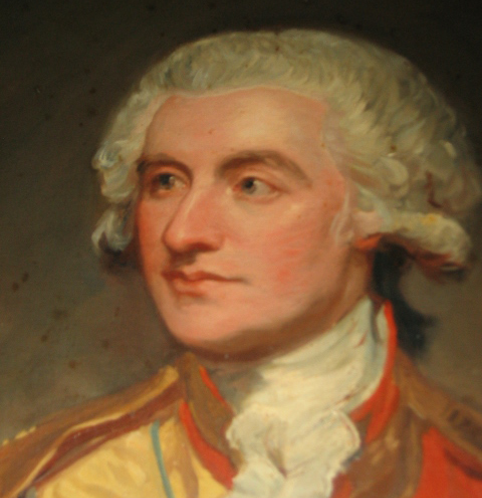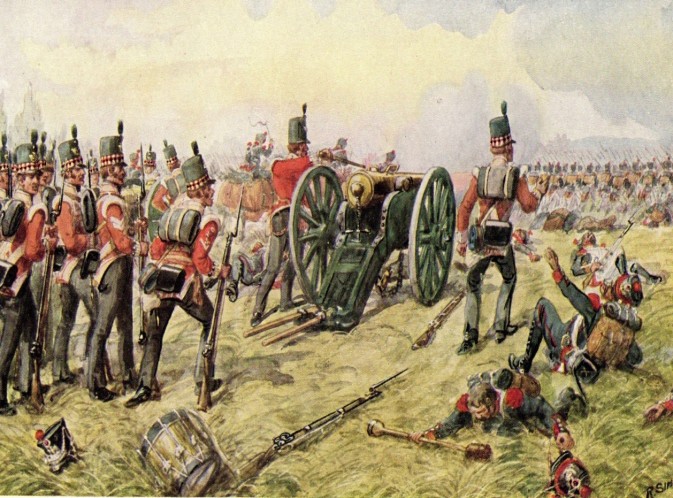HISTORY OF THE HIGHLAND LIGHT INFANTRY
The 71st Regiment of Foot
RAISING OF THE 71ST REGIMENT OF FOOT
The 71st Highland Regiment of Foot (Light Infantry) was raised in 1777 by Major-General John Mackenzie, Lord MacLeod, from an independent company formed in 1771. The regiment was first numbered as the 73rd Regiment of Foot, and it was later renumbered as the 71st in 1786.
The regiment mustered in Elgin in early 1778 and moved to Fort George. This was the first Clan regiment to be raised, wearing the kilt and plaid of the Mackenzie tartan—a tradition that continued in the trews of The Royal Highland Fusiliers.
LORD MACLEOD
John Mackenzie, Lord MacLeod, was the eldest son of the 3rd Earl of Cromartie. He fought with his father’s clan at the Battle of Falkirk, leading 500 clansmen in the 1745 Uprising. Captured the day before Culloden and imprisoned, he was later pardoned on condition of relinquishing his earldom to the Crown, which was not restored until Queen Victoria’s reign. After leaving Scotland, MacLeod served 27 years in the Swedish army as a mercenary, reaching Lieutenant-Colonel and being created a Count of Sweden. He returned to Scotland in 1771 and remained the regiment’s Colonel until his death in 1784.
THE 2ND BATALLION
The 2nd Battalion, The 73rd Highlanders, was raised in Paisley in 1778 and sailed for Gibraltar in 1779, pausing to take part in the Battle Cape St. Vincent (1780) as part of a marine force. The Battalion landed in Gibraltar, where they remained throughout the Siege of Gibraltar (1780-83) repelling many French and Spanish attacks. For their distinguished service, they were granted the insignia of Castle and Key on their Colours before returning to Scotland and disbanding in 1783.
BECOMING A LIGHT INFANTRY
On 22nd March 1809, the 71st were designated Light Infantry being styled the 71st (Highland Light Infantry) Regiment. This was a mark of esteem as the Light Infantry regiments were regarded as a crack corps, trained to fight in open order with great emphasis on the intelligence and spirit of the ordinary soldier.
FEATURED BATTLE
Battle of Waterloo 1815
The 71st played a full part in this great battle. Assigned to Adam’s Light Brigade on the right of the battlefield, they first endured over two hours of intense artillery fire. When they moved, they left many dead and wounded on the ground. They then repulsed seven cavalry charges, during one of which the Duke, attended only by his trumpeter, took refuge in their square. Towards evening, following the example of the 52nd and with the 95th in close support, they charged the Old Guard and drove it back. Leading the final advance, The 71st assaulted the Old Guard’s reserve positions and captured a battery, one of whose guns they turned around and fired at the retreating enemy. This is thought to have been the last shot of the battle.


